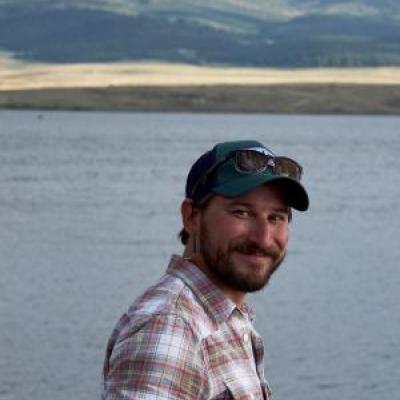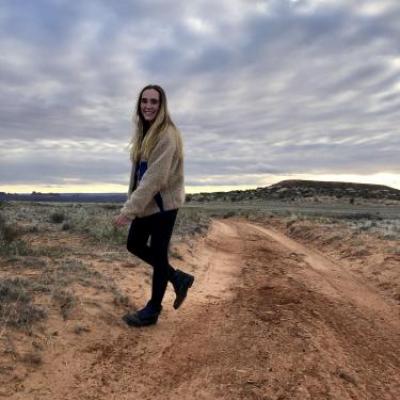The Climate Crisis: The Marshall Fire is the Perfect Example
Earth Lab Analytics Hub Director and Fire Scientist shares about both the science and personal effects of megafires like the Marshall Fire.
A Climate Emergency that is Personal is a Climate Crisis!
In 2003, my family evacuated our home in one of the first megafires of the 21st century. They did it again in 2007. This time my childhood friends lost their homes.
In 2020, we evacuated again pre-empting an evacuation mandate for the Bobcat Fire that was once considered "extreme", but at the time barely made the news as 4% of the state of California burned in a firey blaze.
In December 2021, my community burned in the smallest most destructive fire in Colorado history. The Marshall Fire is one of the top 15 most destructive fires in recent US history. This fire is the definition of a climate fire. It started in February 2021 with abnormally high snow pack acting as a water reserve to to initiate the growing season:

It continued in May with abnormally high rain at the start of the growing season and again in July during peak growing season:
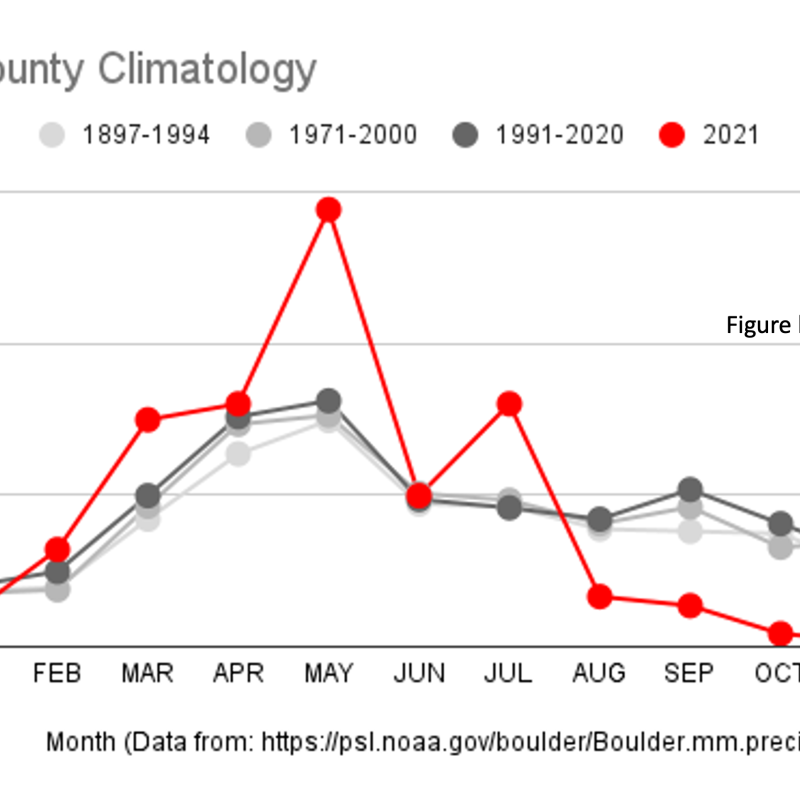
These spurred a lot of grass growth with rangeland fuel loads (lbs/acre) between 12 and 45% above above the historical average with an additional 15-48% standing dead fuels from last year, making a total of 60-70% increase over the historical (1984-2020) average:
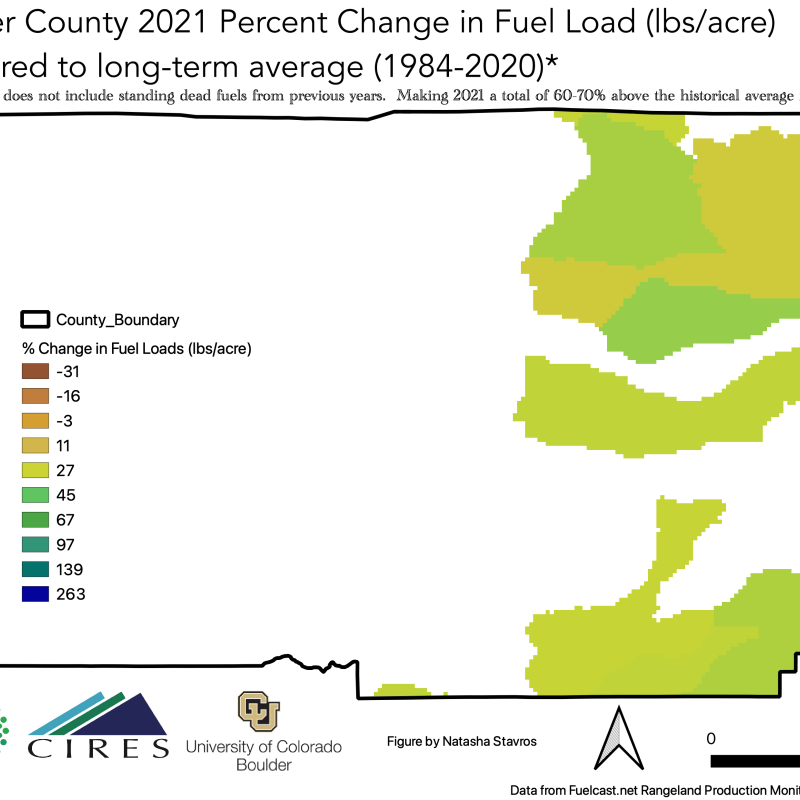
Come fall, we had a nearly 3 ft* snow deficit, which dried out the grasses making them perfect kindling to carry the 6k acre grass fire under 120 mph gusts and 30 mph sustained winds into our community. *Note: I originally estimated 4.5-5 ft, data shows closer to 3 ft (see first chart on snow).
How is this related to Climate Change?
People have asked me how we can attribute this to climate change. Here it is.
Fire needs three ingredients: ignition, weather, and fuel. As we pump carbon into the atmosphere, we create a blanket around Earth warming the air. Warmer air, holds more water... in the form of water, not snow. This means that we see a change in how, when, & where water is distributed, much like our abnormally wet spring and summer that grew fuel and a dry winter that dried it out. Furthermore, we are seeing longer fire seasons, which means longer periods each year when the conditions are right to sustain combustion, making fire outside of late spring to fall a more likely occurrence. Expect more years like this:

Finally, all it takes is one spark with winds like we had and boom, you have a fire. In fact, that spark was inevitable. There are literally more than a dozen ways to start a fire and MOST of those are from humans. Fires in December in N America are mostly from humans.
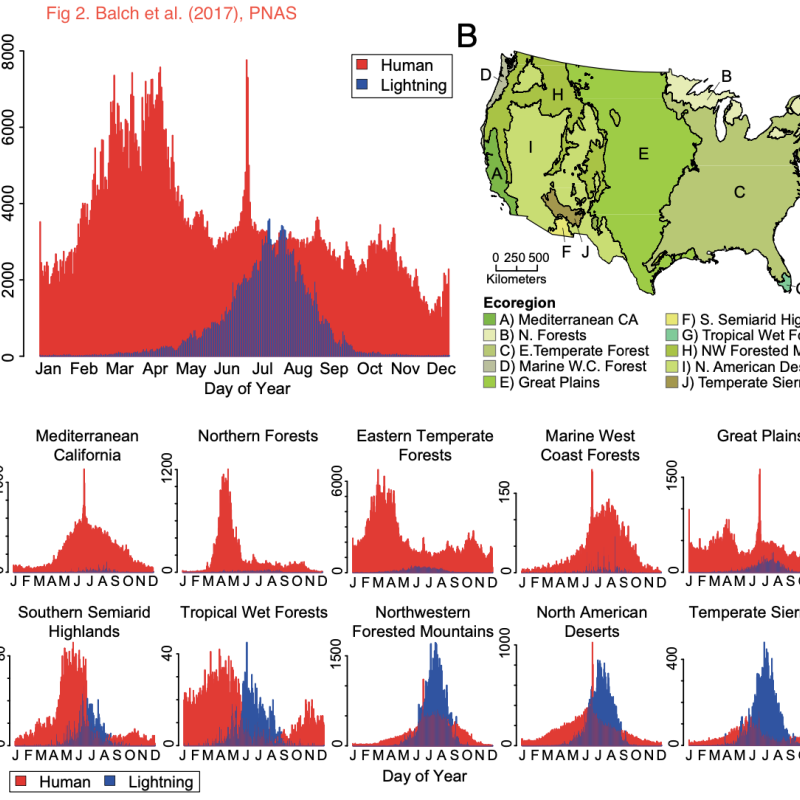
In fact, over 90% of the fires that threaten homes are started by humans.
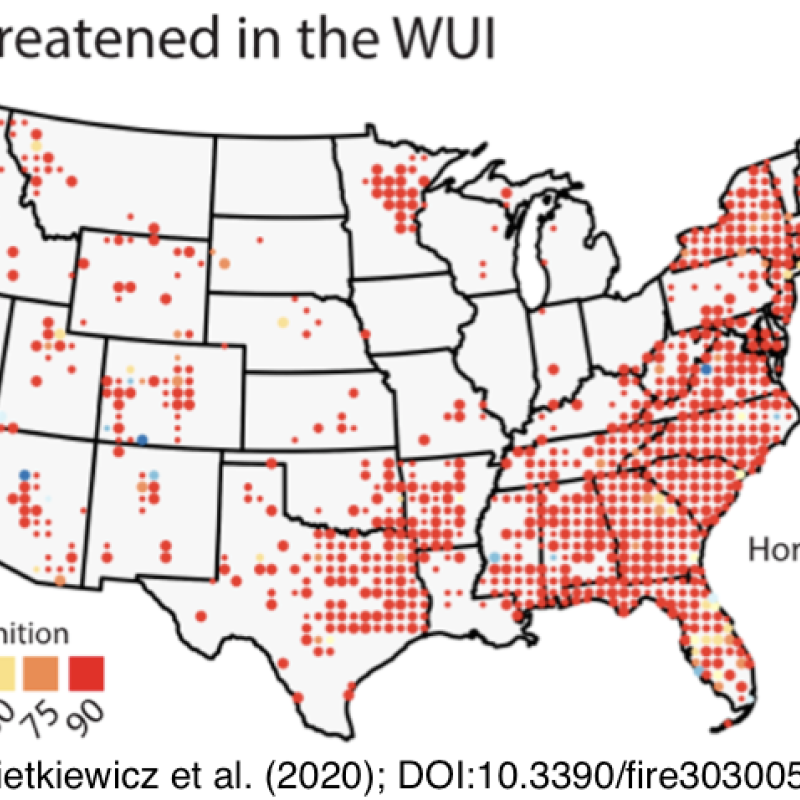
The WUI is the "wildland urban interface" where homes intermingle with the wildlands.
Flames are NOT the only Threat!
For the 1000 households left homeless at the start of 2022, thousands more without gas and electric as Temps tanked to 0 deg F and 11 inches of snow dropped over our city, please remember that the destruction doesn't stop with flames!
Urban fires that burn homes produce toxic waste including toxic air quality. Be careful! Please read this article by my colleagues at CIRES to stay safe if you are in or around burnt homes.




